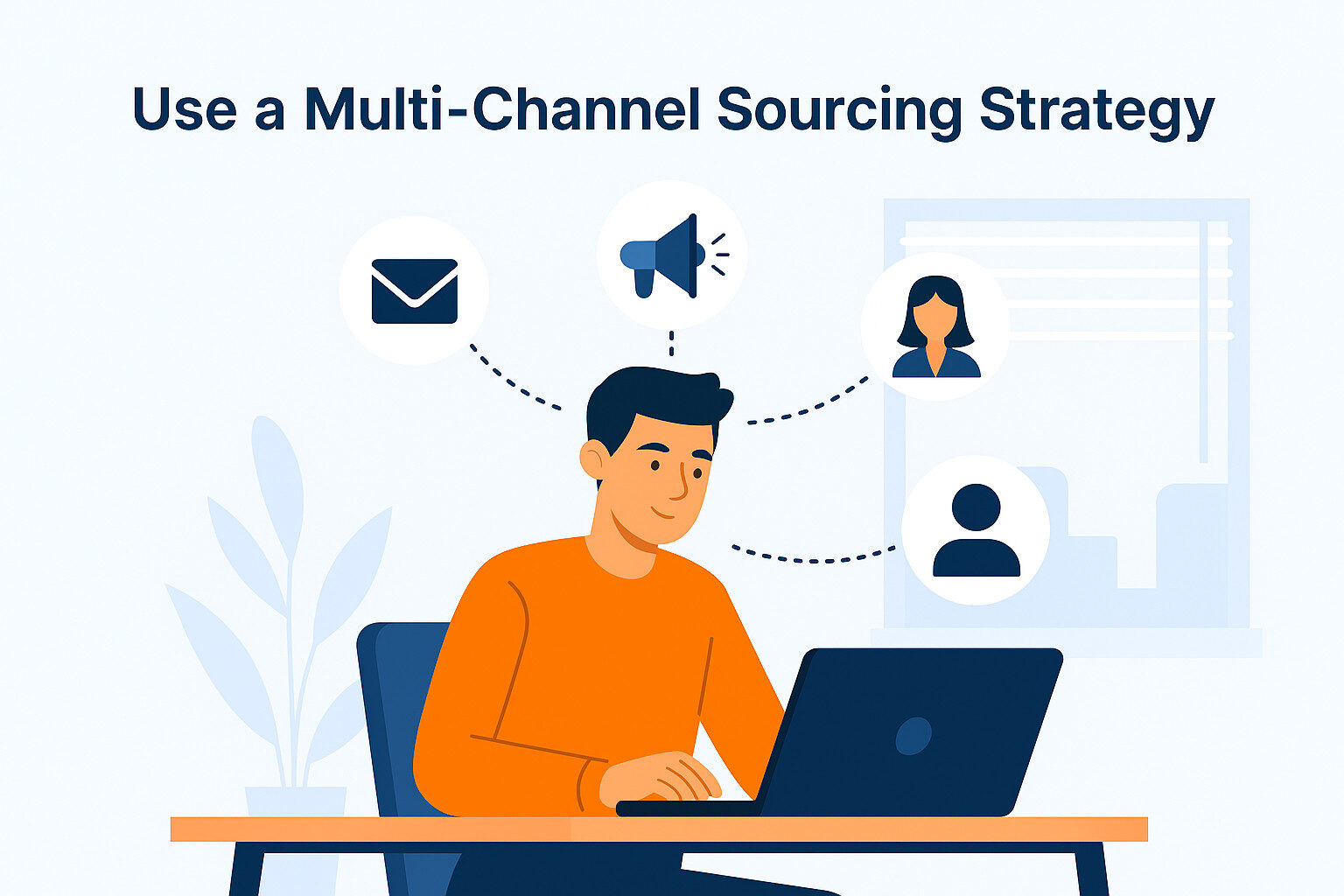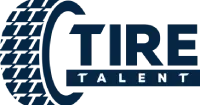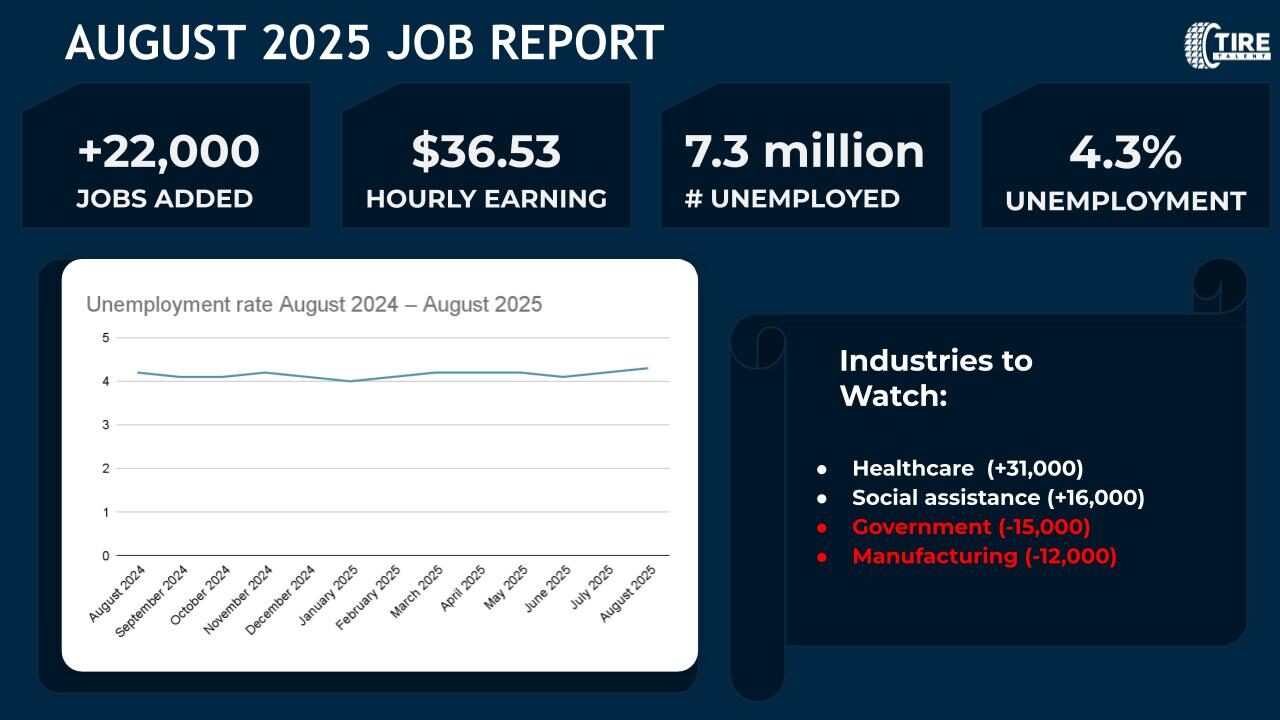Hiring managers across the U.S. are facing a growing challenge: how to build high-quality teams amid a tightening labor market, evolving technology, and increasing demand for specialized skills. In tire and automotive recruitment, the pressure is especially high. Roles that were once easy to fill now sit open for weeks—or even months—as companies compete for a limited pool of qualified technicians, service advisors, operations managers, and commercial sales professionals.
This guide is designed specifically for hiring managers in the tire and auto sector who are serious about building reliable, high-performing teams. Whether you’re hiring for retail, commercial, wholesale, or manufacturing roles, the steps below will help you improve candidate quality, reduce turnover, and strengthen your team.
1. Understand the Shifting Talent Landscape
But as the industry evolves with technology, electrification, and changing consumer expectations, so does the challenge of finding the right talent. That’s where specialized recruiting in the tire and automotive industry becomes not just a strategic advantage—but a necessity.
In this article, we’ll explore why specialized recruiting matters more than ever for the U.S. tire and automotive industry. We’ll share data, real-world examples, and actionable insights for manufacturers, retailers, distributors, and service providers.
The Talent Challenge Facing the Tire & Auto Sector

Labor Market Trends (U.S.):
- The average time-to-fill for skilled trades roles is 36+ days (BLS)
- EV adoption is creating demand for new skill sets in tire and auto shops
- Retirements are accelerating, with fewer new workers entering trades
The bottom line? Demand is up. Supply is down. And top candidates have options.
Tip: Keep track of your own average time-to-fill, acceptance rate, and retention at the 30/60/90-day mark to evaluate your internal hiring performance.
2. Define the Role with Precision

A vague job description attracts vague talent. Be specific.
Create a Role Scorecard:
- Key Outcomes: What should this person accomplish in the first 90 days?
- Must-Have Skills: Certifications, tools, systems, or physical capabilities
- Team Fit Factors: Culture, pace, communication style, autonomy level
Example:
Instead of “experienced tech wanted,” use:
“Seeking ASE-Certified Tire Technician with 3+ years of experience in passenger/light truck. Must be comfortable with TPMS, alignment, and roadside service.”
3. Use a Multi-Channel Sourcing Strategy

No single channel will deliver all your candidates. Diversify.
Recommended Sources:
- Niche job boards
- Referrals from your top-performing employees
- Industry LinkedIn groups or forums
- Talent marketplaces (e.g., Tire Talent’s private database)
- Veteran workforce transition programs
Tip: Post different ad copy depending on the channel (e.g., shorter headlines on job boards, story-driven copy on social).
4. Optimize the Screening Process
Time kills offers—and bad hires kill morale. Structure matters.
Sample Workflow:
- Resume screen (same-day)
- Phone screen (within 2 business days)
- In-person or virtual skill-based assessment
- Final interview with hiring manager or regional leader
What to Evaluate:
- Technical knowledge and certifications
- Communication and problem-solving
- Alignment with your shop/team’s culture and values
Example:
Use a short practical task like “walk me through a tire balancing” or “diagnose a noisy brake issue” to evaluate hands-on thinking.
5. Sell the Role and the Culture
In tire and automotive recruitment, candidates need more than just a paycheck to choose you.
Use the Five Fs to Sell:
- Fit: Does the candidate align with your shop’s pace and structure?
- Family: Work-life balance, weekends off, schedule clarity
- Freedom: Autonomy in how work is performed
- Fortune: Fair, performance-based pay and benefits
- Fun: Camaraderie, team spirit, shared wins
Tip: Ask current employees why they stay—and build that into your pitch.
6. Create an Offer That Closes
According to Talent.com, 37% of automotive tech offers are rejected due to:
- Lack of schedule transparency
- Subpar benefits (esp. healthcare + PTO)
- Long or unclear interview processes
Offer Best Practices:
- Keep your timeline under 10 days
- Be transparent about pay, expectations, and next steps
- Include a “what to expect” onboarding sheet with the offer
Example:
Include a 1-pager in the offer that highlights:
- First day location/time
- What to wear/bring
- Who they’ll meet
- Day 1 training expectations
7. Build for Retention on Day 1
Hiring is just the start. Retention is the real ROI.
30/60/90-Day Retention Plan:
- Day 1–7: Assign a buddy or mentor
- Day 14: Manager check-in on expectations vs reality
- Day 30: Early performance feedback + goal-setting
- Day 60: Culture feedback survey
- Day 90: Discuss long-term growth and next steps
Tip: Promote early wins (even small ones) and make them visible to the team.
8. Partner with a Specialized Recruiting Firm
General recruiters may not understand the tools, pace, or grit required in your world. Specialized partners like Tire Talent bring:
- Access to pre-screened industry candidates
- Role-specific job marketing
- Tech + team fit scoring models
- Support for hard-to-fill or multi-location hiring
Results:
Clients using Tire Talent’s structured recruiting model see:
- 2x faster hiring cycle
- 3x retention rate after 90 days
- Fewer costly mis-hires
Final Thoughts
Hiring great people in the tire and automotive world isn’t just about filling seats. It’s about building teams that deliver safety, service, and trust—at scale.
Use this guide to level-up your approach to tire and automotive recruitment. Define your role clearly. Move quickly. Sell what matters. And always focus on fit.
If you want support hiring faster, smarter, and with better long-term results, the experts at Tire Talent are here to help.




